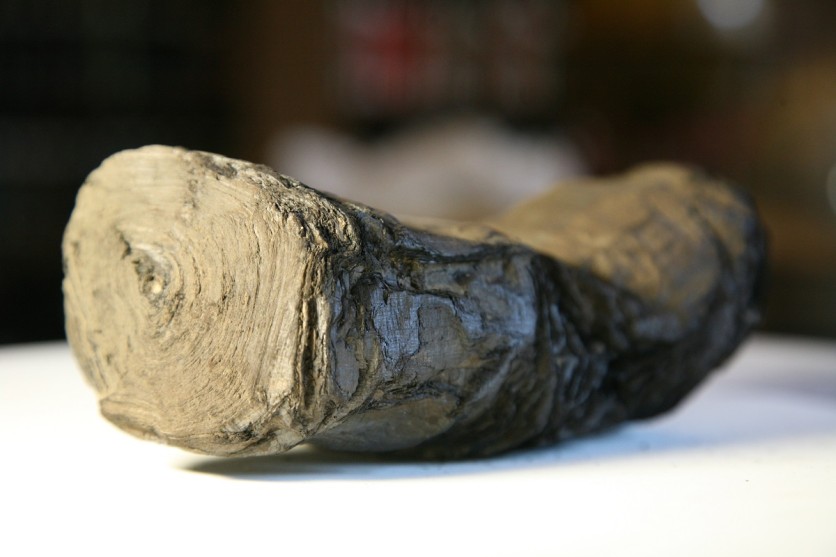
Scientists are working on a technique that they hope can unravel the content of ancient scrolls that have not been read in nearly 2,000 years.
Herculaneum Scrolls
The scrolls were buried and preserved in a villa in Herculaneum when Mount Vesuvius spewed fire and ash on Pompeii and Herculaneum in AD 79. They now belong to the Institut de France in Paris as part of a collection of 1,800 scrolls that were discovered in 1752.
The unopened scrolls were charred in the eruption so physically unrolling them could damage them. The new imaging technique, however, could see through the delicate layers of papyrus.
10 Billion Times Brighter Than The Sun
Brent Seales, head of the University of Kentucky's Digital Restoration Initiative, and colleagues took detailed images of the scrolls excavated from the ancient Roman city of Herculaneum, using Diamond Light Source which accelerates electrons to nearly the speed of light so they emit light 10 billion times brighter than the sun.
Diamond Light Source
The researchers scanned four single-page fragments and closed-up scrolls using the Diamond Light Source. The single page fragments serve as the basis for training a machine learning program that will discern the differences between the ink and the papyrus through numerous layers of the scroll.
"We demonstrate a new computational approach that captures, enhances, and makes visible the characteristic signature created by carbon ink in micro-CT," the researchers described the process in a study published in Plos One on May 8.
"This previously "unseen" evidence of carbon inks, which can now successfully be made visible, is a discovery that can lead directly to the noninvasive digital recovery of the lost texts of Herculaneum."
Seales said that it could take researchers more than six months to read through the scroll with the process. The researchers are not yet certain on what the scrolls contain, but they said they are excited.
"The scan session promises to be a key moment in our quest for a reliable pathway to reading the invisible library," Seales said.




